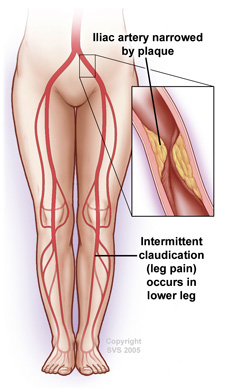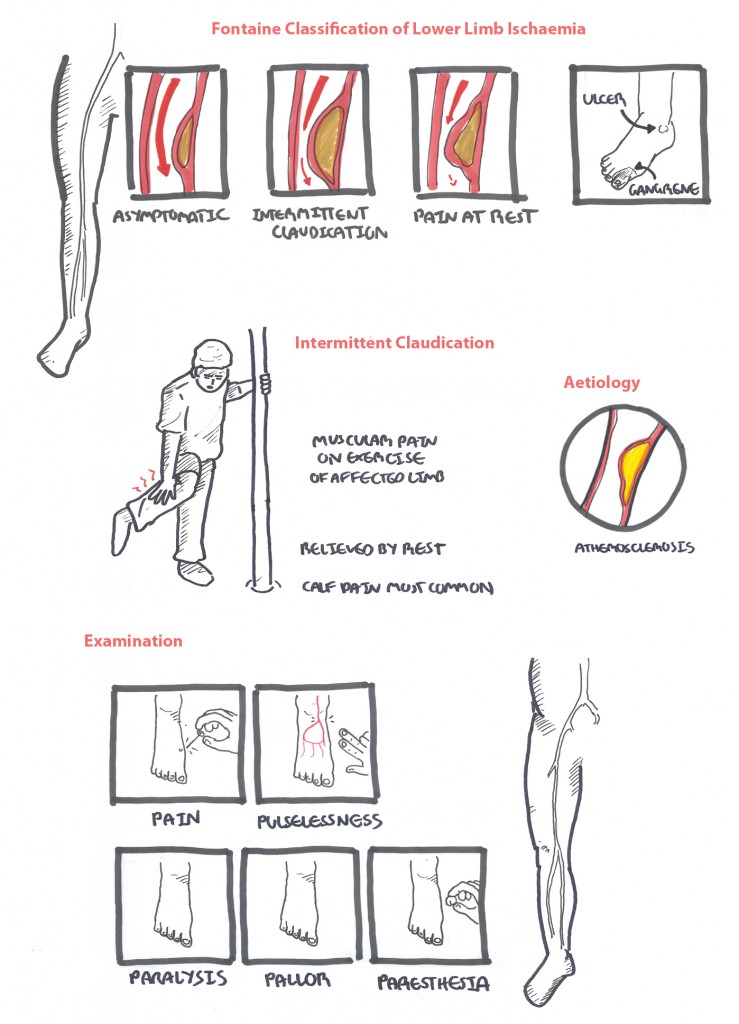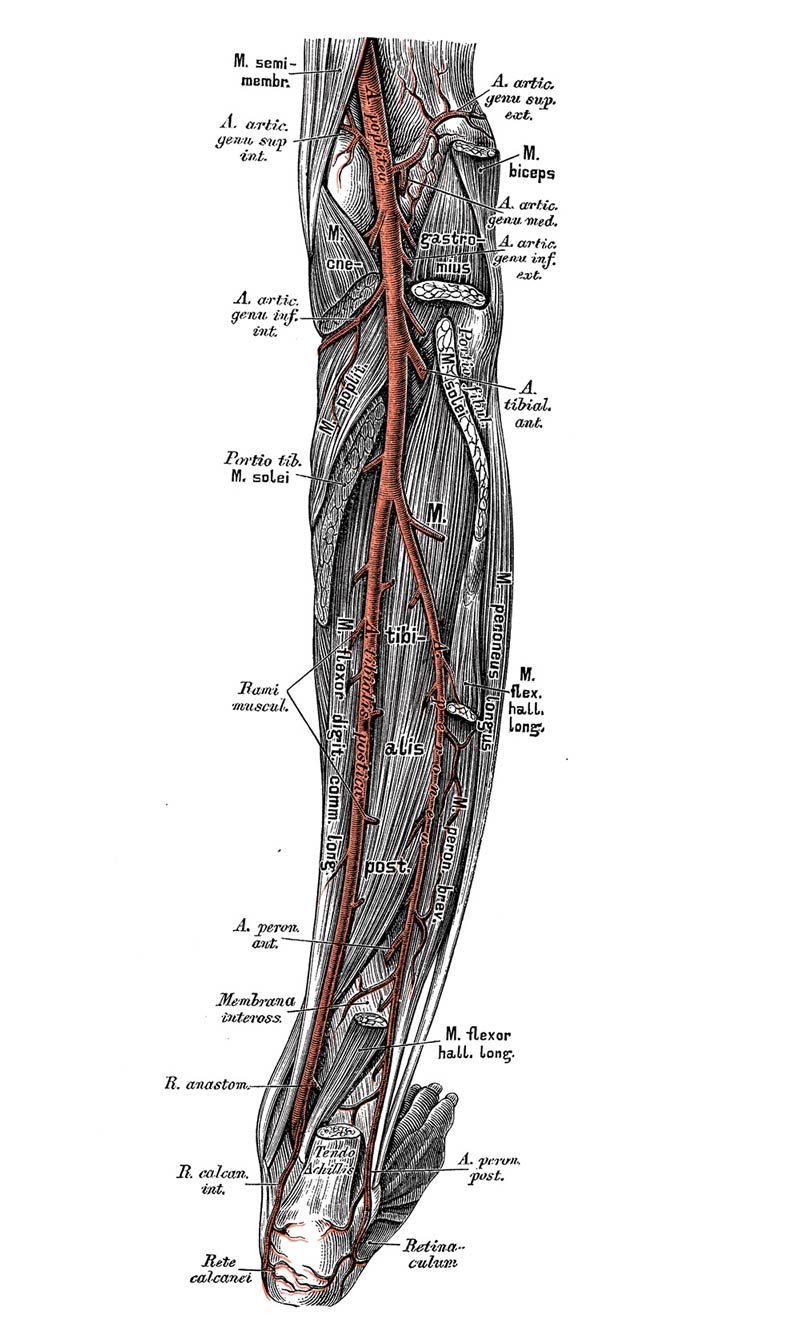Bilateral Leg Claudication

Intermittent Claudication is caused by narrowing or blockage in the main artery taking blood to your leg femoral artery.
Bilateral leg claudication. Auscultation - The presence of a bruit whooshing sound in the arteries of the legs confirmed using a stethoscope. A 59-year-old woman with minimal atherosclerotic risk factors presented with a 3-month history of progressive bilateral leg claudication. Its most commonly an early symptom of peripheral arterial disease PAD.
She initially noticed tightness in her right calf after walking 100 meters on level ground. An ankle-brachial index between 08 and 05 is consistent with intermittent claudication and an index of less than 05 indicates severe disease11 In patients with an abnormal ankle-brachial. Neurogenic claudication is thus characterized by pain numbness weakness discomfort urinary incontinence bladder incontinence and muscle cramping in legs.
The blockage means that blood flow in the leg is reduced. Known risk factors for atherosclerosis include family history being male old age smoking diabetes dyslipidaemia and hypertension. Claudication is the most common symptomatic manifestation of peripheral arterial disease PAD producing significant ambulatory compromise.
Claudication is a symptom of a narrowing or blockage of an artery. Approximately 90 of the population will present with low back pain at some point in their lifetime. Claudication Cramp when walking Claudication is a common condition where pain occurs in the legs with exercise due to a reduction in the circulation.
Claudication or intermittent claudication is defined by repetitive cramping aching and pain a patient experiences especially during exercise with cessation of symptoms on rest. The cause is hardening of the arteries otherwise known as atherosclerosis. Claudication is pain andor cramping in the lower leg due to inadequate blood flow to the muscles.
Leg pain at night in bed. Ankle-brachial index ABI - Systolic blood pressure in the ankle divided by the systolic pressure at the arm. Spinal stenosis is a condition that is caused by the narrowing of the central canal the lateral recess or neural foramen.













